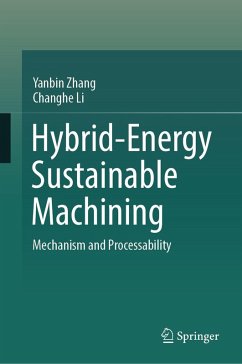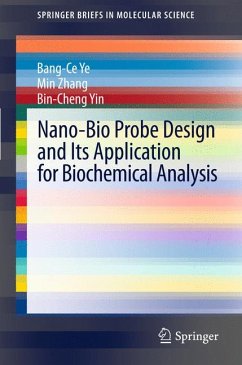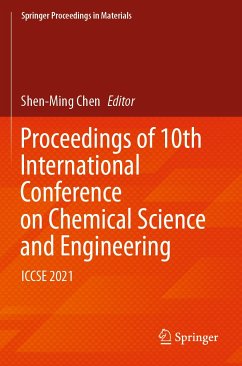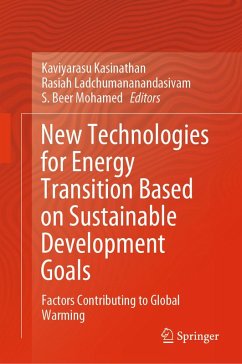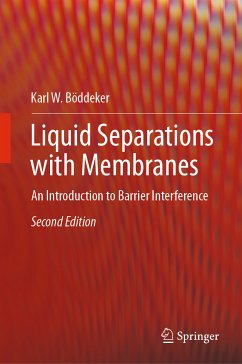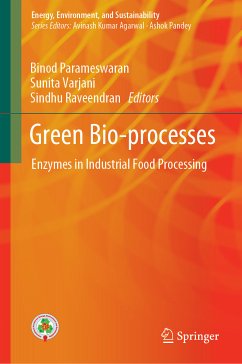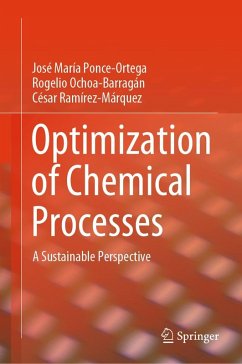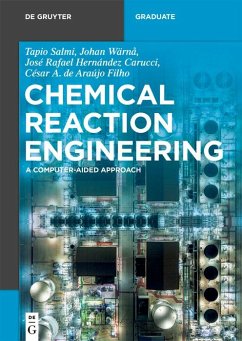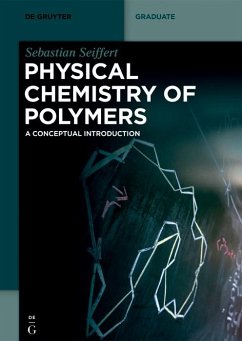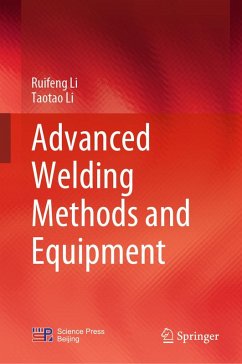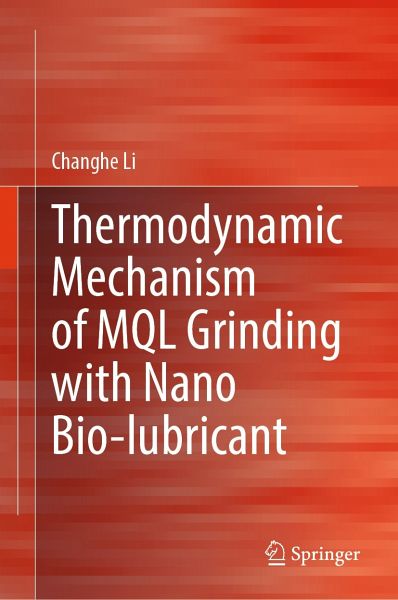
Thermodynamic Mechanism of MQL Grinding with Nano Bio-lubricant (eBook, PDF)
Versandkostenfrei!
Sofort per Download lieferbar
120,95 €
inkl. MwSt.
Weitere Ausgaben:

PAYBACK Punkte
60 °P sammeln!
This book discusses the thermodynamic mechanism of MQL grinding with nano-biological lubricant from the force, heat, surface integrity, and micro-morphology.It makes up the fatal defect of the lack of heat transfer capability of traditional MQL grinding. The machining accuracy, surface quality, especially surface integrity of the workpiece, are significantly improved; at the same time, the service life of the grinding wheel is increased and the working environment is improved.The general scope of the book's content is the effects of MQL grinding with nano-bio-lubricant on grinding force, therm...
This book discusses the thermodynamic mechanism of MQL grinding with nano-biological lubricant from the force, heat, surface integrity, and micro-morphology.
It makes up the fatal defect of the lack of heat transfer capability of traditional MQL grinding. The machining accuracy, surface quality, especially surface integrity of the workpiece, are significantly improved; at the same time, the service life of the grinding wheel is increased and the working environment is improved.
The general scope of the book's content is the effects of MQL grinding with nano-bio-lubricant on grinding force, thermal mechanism, and surface.
It provides a new method of sustainable green grinding for environment-friendly, resource-saving, and energy-efficient utilization and solves the technical bottleneck of the insufficient capacity in MQL heat transfer.
It makes up the fatal defect of the lack of heat transfer capability of traditional MQL grinding. The machining accuracy, surface quality, especially surface integrity of the workpiece, are significantly improved; at the same time, the service life of the grinding wheel is increased and the working environment is improved.
The general scope of the book's content is the effects of MQL grinding with nano-bio-lubricant on grinding force, thermal mechanism, and surface.
It provides a new method of sustainable green grinding for environment-friendly, resource-saving, and energy-efficient utilization and solves the technical bottleneck of the insufficient capacity in MQL heat transfer.
Dieser Download kann aus rechtlichen Gründen nur mit Rechnungsadresse in A, B, BG, CY, CZ, D, DK, EW, E, FIN, F, GR, HR, H, IRL, I, LT, L, LR, M, NL, PL, P, R, S, SLO, SK ausgeliefert werden.



